|
RV MPG gremlins — where the rubber meets the road. Part II in a series.
One of the prime factors that affect a vehicle’s RV mileage is the rolling-wheel resistance. This is a force or drag that acts against the travel direction. The resistance measure is determined by a number of causes: The first, and most obvious, is the grade affect, the act of climbing a grade. The steeper the ascent, the higher the resistance. But there are more gremlins than just elevation changes. Here are some examples of the other things that increase the tire rolling resistance and rob you of fuel mileage.
- Pressure. Operating below the required tire pressure. Yes, not only does it risk overheating and causing a tire failure, but it ramps up the resistance of the tire’s rotation, impacting RV MPG.
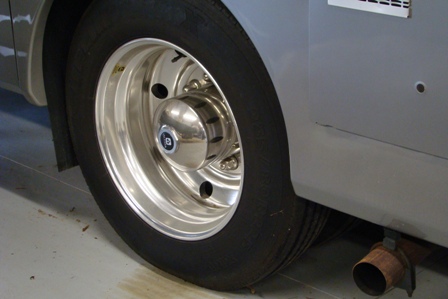 Alignment. Out-of-alignment wheels produce excessive tire body heat. Anything that causes heat takes energy. This energy loss translates into additional wheel roll resistance. This applies to all axles, so make sure your service shop checks and corrects the front wheels, the drive axle, and if applicable, the tag axle too.
Alignment. Out-of-alignment wheels produce excessive tire body heat. Anything that causes heat takes energy. This energy loss translates into additional wheel roll resistance. This applies to all axles, so make sure your service shop checks and corrects the front wheels, the drive axle, and if applicable, the tag axle too.
- Road Surface. The courser the surface, the higher the resistance. While a smooth, near-polished concrete surface can give you the least roll drag, a course asphalt top can increase the resistance as much as 8 percent. Sealed stone chip blacktop roads top the list at 33 percent greater tire rolling resistance. Bumpy road surfaces can reduce your fuel mileage as much as 10 percent. This is due to the loss of energy through additional tire heat. In addition, a diesel pusher has an increase compressor cycle required for the air suspension. This turns the usual 5 percent compressor duty cycle to a much higher frequency.
- Vehicle Gross Weight and speed. These factors contribute to excessive tire flex and heat. This heat production requires energy which of course adds to the rolling resistance, affecting RV MPG.
- Wear, tread design and tire construction. These factors also play a part in helping or hindering the tire’s rolling resistance. Worn tires (30,000 plus miles) can deliver up to 7 percent better fuel mileage than that of new. There are advanced tire construction compounds and innovative designs that are helping to reduce the rolling resistance.
All tire related rolling resistance issues are a result of producing heat. Producing heat takes energy. That energy represents a loss of power or inertia. For example, you cannot stop, or even slow your coach down without expelling energy. To do this you must produce heat. The faster and heavier the load, the more heat the service brakes must produce. Heat is energy.
The more your MPG suffers, the more likely you are to experience an unexpected empty tank. As you work to improve your fuel economy, it also helps to have a backup plan should you run out of fuel and run the risk of getting stranded. Roadside assistance plans, like Good Sam Roadside Assistance, are a great bang-for-your-buck option to act as a safety net should you run empty, providing emergency fuel service when needed.
Last week in Part 1 we discussed the fuel mileage “Fact Based Principles.” Next week we will be examining “The Environmental Factors” that affect RV fuel consumption.
Peter Mercer – Keeping Those Big Wheels Rolling

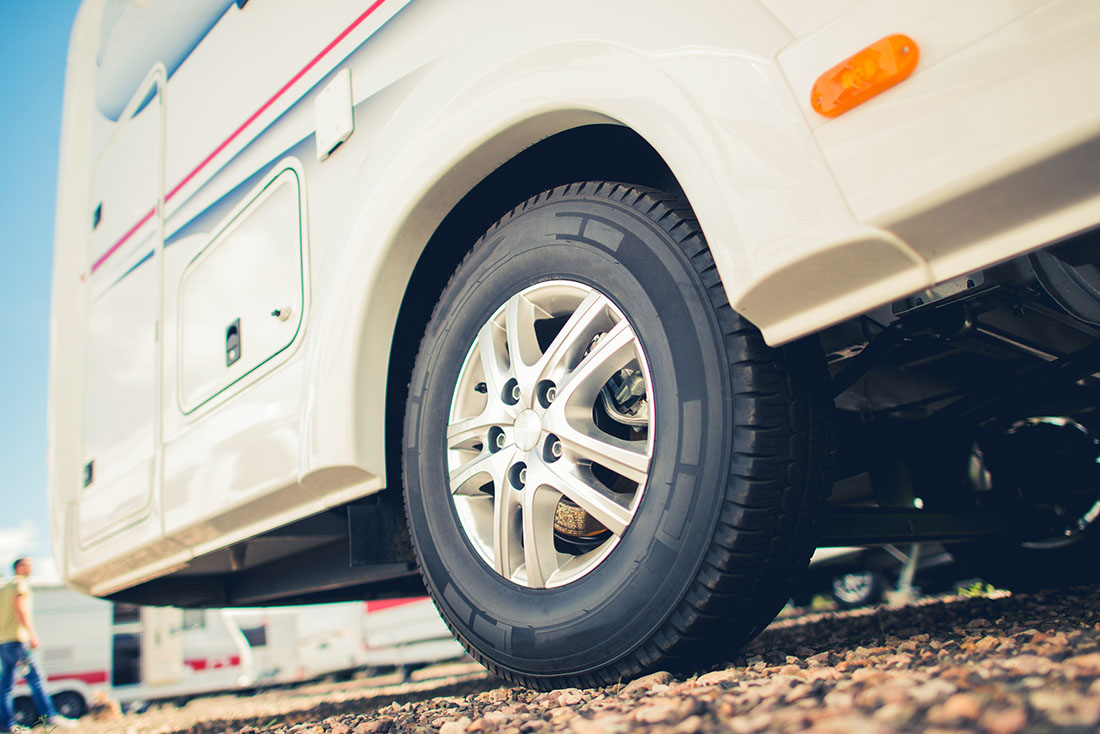


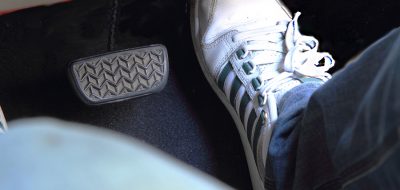
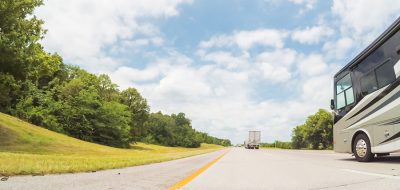
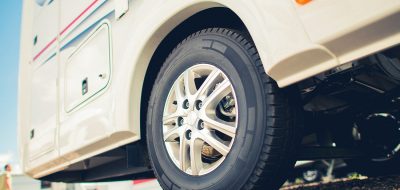
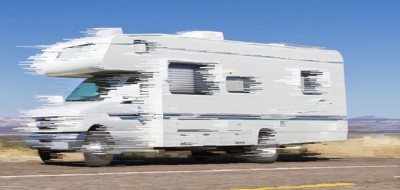
Peter Mercer
Yes, managing your engine RPM to conform with the optimum torque range can go along way to aid in fuel efficiency. Thank you for your valued input on this topic.
Anonymous
Peter,
Great information in your fuel articles. I know you didn’ t have room for additional information, but you might want to mention somewhere along the line about acceleration and driving using the tac and not the speedometer to accelerate.
My driving experience demonstrates that if you accelerate in any vehicle at the vehicles 55 mph rpm, depending upon grade conditions, you can achieve the best fuel economy for that vehicle—some vehicles 55 mph rpm is 2000, some are 1500 rpm. However, some of the newer vehicles are coming out with lower rpm needs to get out of the hole.
Great information and thanks for bringing that to the fore front.
Peter Mercer
Dave, Great point! However I only have so much space to write within. I also could not include other items like disc brake drag, should a vehicle be so equipped.
Thank you for your valued input on the topic.
Anonymous
I feel you have missed an important part of rolling resistance, wheel balance .
It should be a non-issue; all tires should be balanced. The fact is that many new trailers are still supplied with tires that are not balanced. I always advise friends and associates to get their tires balanced. It is easier on the tires and the trailer and will reduce rolling resistance.
Dave Bennett
Peter Mercer
Steve, That’s a very interesting question. I would have to agree with that member. If the vehicles were identical in weight, balance, and tire type, I believe the tag axle equipped rig would lose a fraction more energy than that of the single rear axle. However, to be the same weight the single axle tires (4) inflation would have to be higher than that of the tag (6). This higher inflation pressure would help to reduce the tire flex and would result in a harder ride. There are also some inherent energy losses that are not weight related with any axle wheel combination as they roll and travel. While the tag axle unit in this scenario is the same weight as that of the single axle, theoretically the additional axle would use slightly more energy to move. The difference however, would certainly not be measurable or noticeable to an RV owner.
Anonymous
Peter,
Very interesting topic and article on a subject that is near and dear to my heart. A comment (below) from a member of our Discovery (Fleetwood) Owners Association (DOAI). I would not think this would be significant if all tires are properly inflated. Your thoughts?
Bruce Plumb
“I don’t have any scientific proof to back this statement up but…equal weight coaches, one with tag axle will get less MPG than coach without tag. Two extra tires….”
—
Steve & Margo
2018 Fleetwood Discovery LXE 40D “Alice”
Peter Mercer
Yes, the compressor rotates 100% of the time, however the horse power needed changes substantially. Here’s a comparison of the differences. The left figures are with the compressor loaded while the right represent the unloaded HP needed at various engine speeds.
WABCO 15.2 and 18.7 CFM)
*Loaded Unloaded
RPM HP HP
1300 4.0 0.4
1500 4.5 0.5
1700 5.0 0.6
1900 5.5 0.8
2100 6.0 1.0
Thanks for your comment.
Anonymous
On a large diesel engine (Cummins, Detroit, or Caterpillar) the air compressor is gear driven and turns all the time the engine is running. The compressed air is dumped overboard when the 120 psi are reached and the new compressed air is not needed in the reservoir tanks. They are not regulated by a fan clutch like the A/C compressor is. I would argue that the fuel saving would be negligible between air ride suspension and spring suspension.